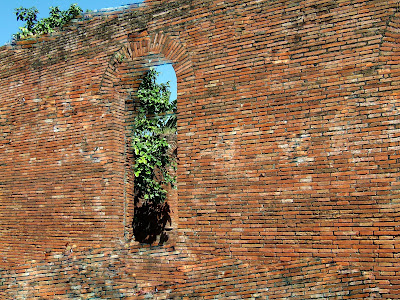(http//:www.google.co.uk- 20.09.2012)
Above is a photo taken by German photographer Thomas Hoepker
during the 9/11 incident.
There is much controversy behind this image in particular,
for many reasons.
The 1st being that Hoepker took this photo
without consent. The 2nd being that it was a beautiful morning when
the photo was captured and this caused the people in the image to look as
though they were enjoying themselves. Since the image’s release in 2006, people
have been debating as to whether, the people in the foreground of the photo had
noticed the smoke emanating from the twin towers in the background and were
making a mockery of the incident, or if they were just out taking in the
sunshine. Hoepker decided in 2001 not to release the image for legal reasons.
When the image was released in 2006, people began debating over the image’s
meaning, completely missing the original meaning in almost every argument.
Later in 2006 Walter Sipser in the top right of the
foreground, had been tracked down for an interview. Unfortunately there is no
footage of said interview on the internet.
A news website called “Slate.com” had invited the subjects
in the photo for an interview.
They received a reply from Walter Sipser, who is an artist
from Brooklyn.
Sipser then confirmed his identity in several ways, mainly
using current or more recent images of himself. One quote by Sipser read:
“A snapshot can make mourners attending a funeral look like
they’re having a party.”
He then provided information as to the origin of the photo,
writing, “Thomas Hoepker took a photograph of my
girlfriend and me sitting and talking with strangers against the backdrop of
the smoking ruin of the World Trade Center during 9/11.”
Sipser also provided information as to what he and his
partner were doing earlier that day.
“Earlier, she and I had watched the
buildings collapse from my rooftop in Brooklyn and had made our way down to the
waterfront.”
Sipser also wrote of what he saw on the
Williamsburg Bridge saying that, “It was clear that people who ordinarily would
not have spoken two words to each other were suddenly bound together.”
Another quote that determines what the
subjects were feeling is, “We were in a profound state of shock and disbelief,
like everyone else we encountered that day.” Sipser then provided a quote from
Thomas Hoepker in which Hoepker stated, “It's possible they lost people and
cared, but they were not stirred by it.”











